Dr. Clarence Epstein is the Senior Director of Urban and Cultural Affairs at Concordia University. He is also a member of the Canadian Cultural Property Export Review Board (CCPERB), which facilitates the protection of art and cultural objects of outstanding significance and national importance. He has written on religious building in Montreal in his 2012 book: Montreal, City of Spires: Church Architecture during the British Colonial Period, 1760-1860.
Lindsay Corbett: How does your work and other work being done to preserve the city’s cultural heritage coalesce historic Montreal with contemporary issues and concerns?
Clarence Epstein: Our office is responsible for a number of dossiers including heritage buildings at the university, so when you are looking at such building and the challenges of utilizing that building and respecting that building there are criteria that must be consistent with current heritage practice. One contemporary issue concerns how these buildings are interpreted by the generations of students who use them now, and also by the public that either circulate in its vicinity or visit the buildings. In that regard, we need to be innovative when it comes to outreach. We can’t rely on the same heritage practices that we did ten, twenty years ago, in the form of static signage or plaques, we have all other kinds of technologies that we are trying to employ. So, the interactivity of the heritage site is very important to understanding its context, and also understanding how it relates to the university’s respect of that place. Effectively, the answer is we intend to use state of the art technologies, such as interactive signage. Of course the platform of the web and information access on the web about these buildings will eventually be more and more connected to our understanding of them. For example, we’re going to be launching a series of web-based interviews with the residents of the Grey Nuns Convent, of the original tenants, who were the nuns, and the current student residents. These interviews will be about how the individuals relate to the spaces that they once lived in and those that now live there. Compiled are a rich tapestry of answers, because for both the nuns and the students, it is a an extremely enriching experience to live in such a place.
How can architectural style inform collectivity within a community, and how might it also represent division?
In every era of city building, nation building, monument building, the intentions of those builders and those leaders, were not really as overtly conscious in their messaging as we see messaging today. I’m not sure that when they were making stylistic choices, those choices were always totally controlled, but rather part of the spirit of the time they lived in, and so sometimes we read that as being a control, or a very self-aware action, but it’s not. It really is zeitgeist, the spirit of that time. In Montreal particularly, there are sometimes intersections between communities, French, English, other communities, and that’s what really determined why this city is so particular and so eclectic in its appearance. Because groups sometimes connected, sometimes clashed—sometimes one group didn’t even realize that the other group was making that statement for a political reason, or a collective reason.
There are sometimes turning points related to anniversaries, sometimes turning points related to revolution or struggle, sometimes turning points related to migration—we don’t really know about turning points until they take place, so we mark them and then we reflect on them, in the hope that whatever we learn from them is meaningful to the other things that define our nation and its multiple cultures and identities.
I think you’re looking at a place that in every generation became aware in different ways about the “other”, or those communities that coexisted with them. Today, we look at it with a little bit more distance, a greater knowledge of what those styles and messages meant to the historic communities that developed them. But now, when we look at it, this question of representing division, I don’t think it’s something that any of the communities harp on, in the way they might have in previous generations, when those divisions were more palpable.
What are some ways that architecture bears witness to our nation’s history? How might this inform concurrent cultural identity?
In the case of a place like Montreal and its architecture, if you are to use that city as an example, you have a place that was looking both at its North American context and its European roots, simultaneously. Depending on which community and their dates of settlement in Montreal, their reactions to either North American or European influences were apparent. When we look at national identity, and architecture as hallmarks of cultural identity, you have to look at it by episode or by moment, because otherwise you’re just going to try to drill down year by year into something and it won’t make sense. So if you take for example 1967, as a watershed year in the history of Montreal and of Canada, as both a national and international epicentre for forward thinking and celebration, you can imagine that the architecture of Montreal and its vocation as this progressive place where the organizers wanted the world to meet, was reflected in its architecture. Man and His World, and the vision of a Montreal as this centre of the world, took on a larger meaning because many communities who were a part of Montreal were all excited about that idea. So that was, I think, a really interesting way to look at cultural identity and architectural identity, as it relates to nation building. If you look a hundred years earlier, in 1867, to what was happening in Montreal (and Canada) at that time, these were early days in the ideology of nation building and this very nascent place called Canada was still very much under British rule, and had a variety of different exposures to many local traditions, for example. But by 1967, Montreal as this notion of the centre of not only the country’s social activity, but of world activity, was one that gave Canada a very different sense of belonging, and that I think is why you have to look at it case by case, and not year by year. You have to look at how movements ebb and flow in Canada and where those turning points were. There are sometimes turning points related to anniversaries, sometimes turning points related to revolution or struggle, sometimes turning points related to migration—we don’t really know about turning points until they take place, so we mark them and then we reflect on them, in the hope that whatever we learn from them is meaningful to the other things that define our nation and its multiple cultures and identities.



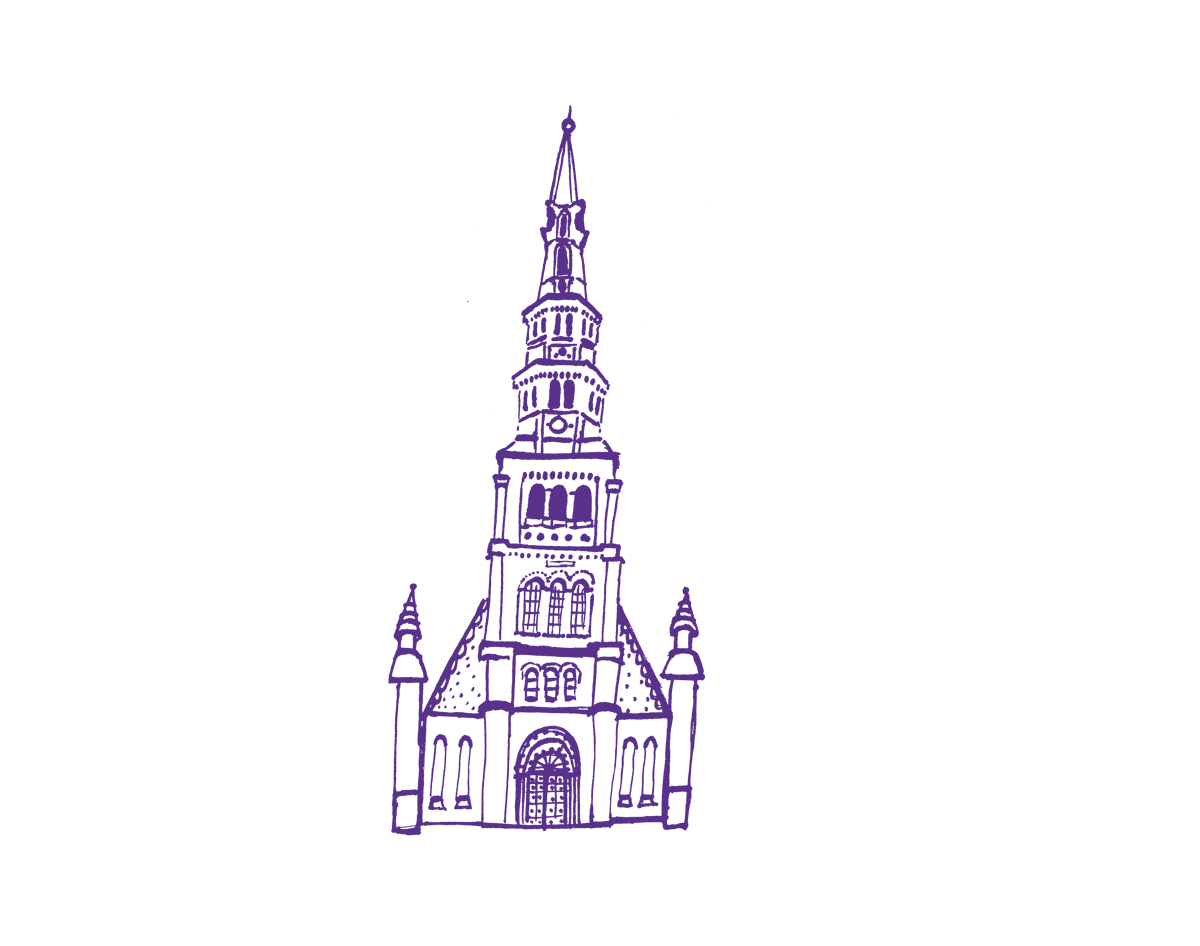


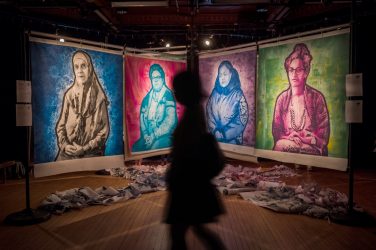

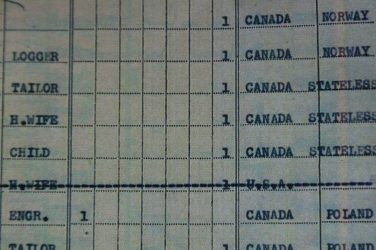
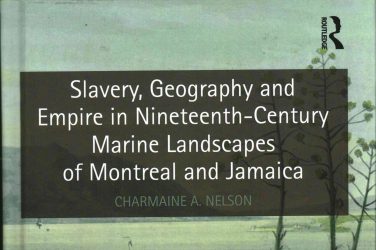
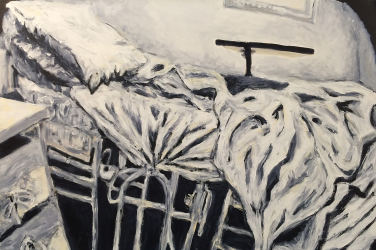
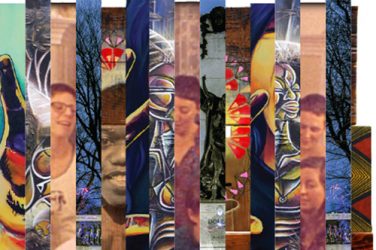
Show Comments (0)